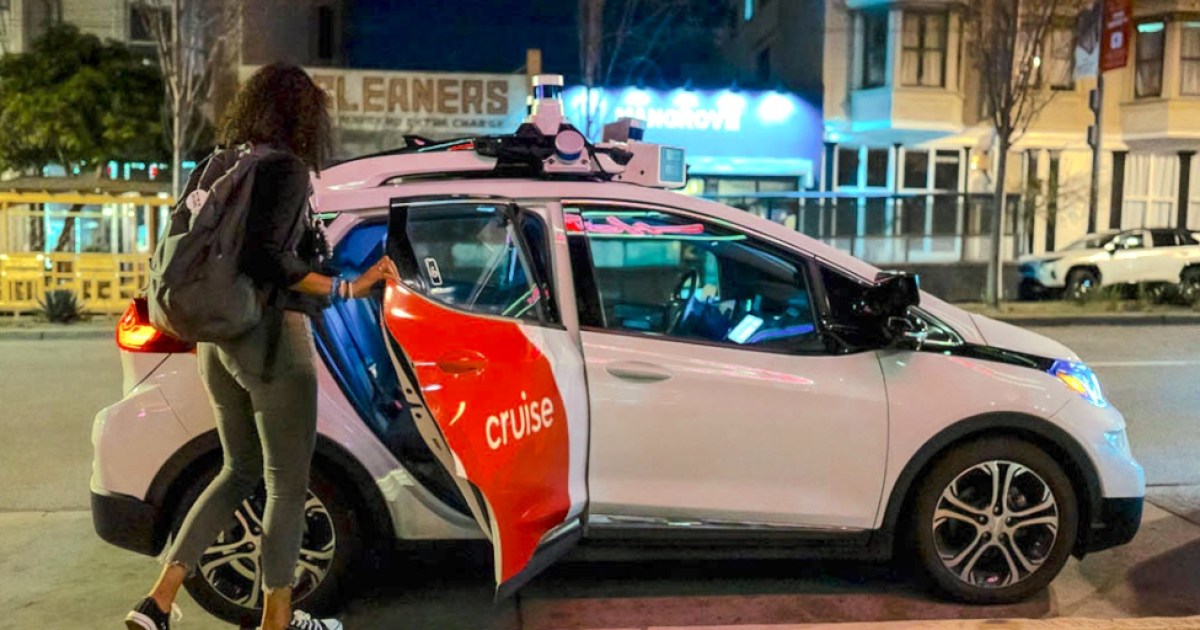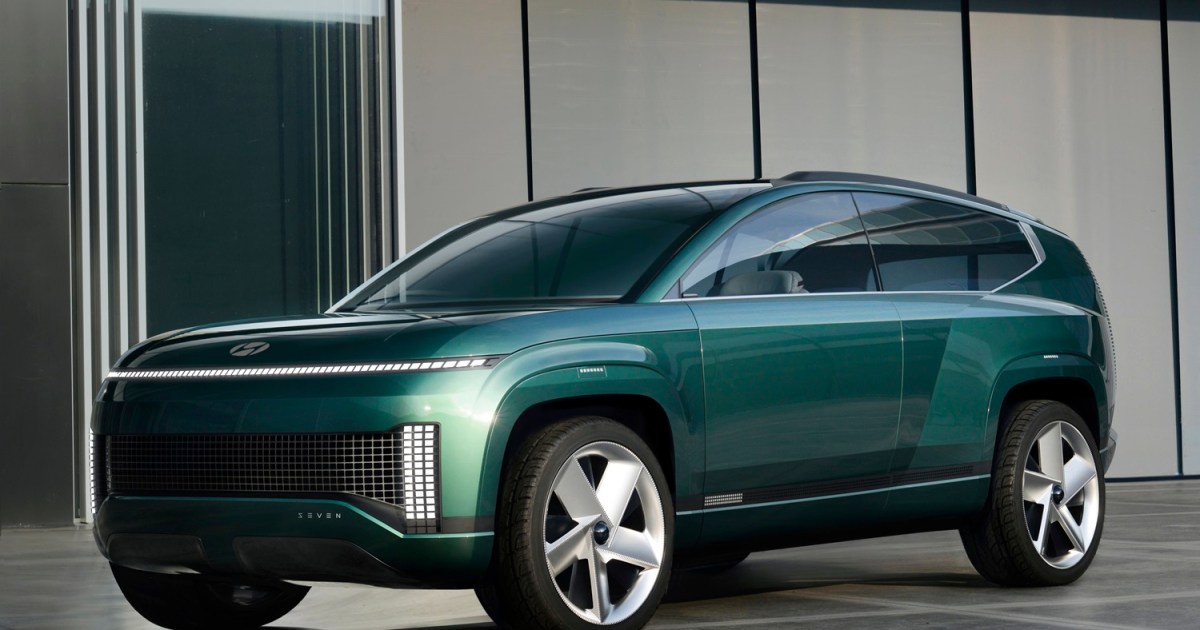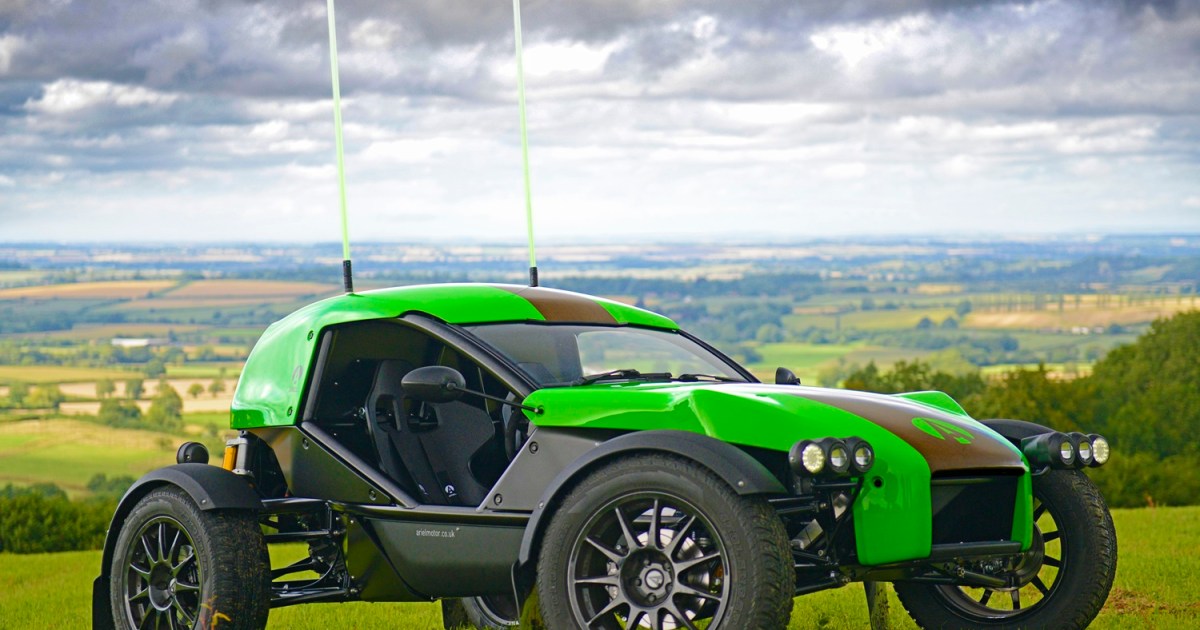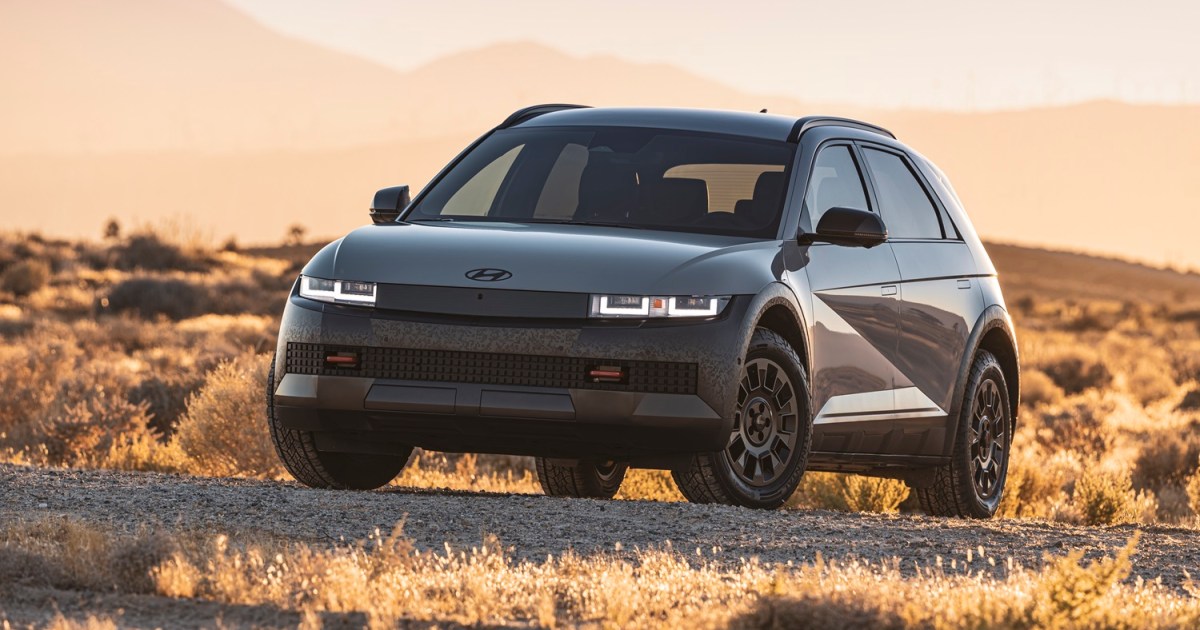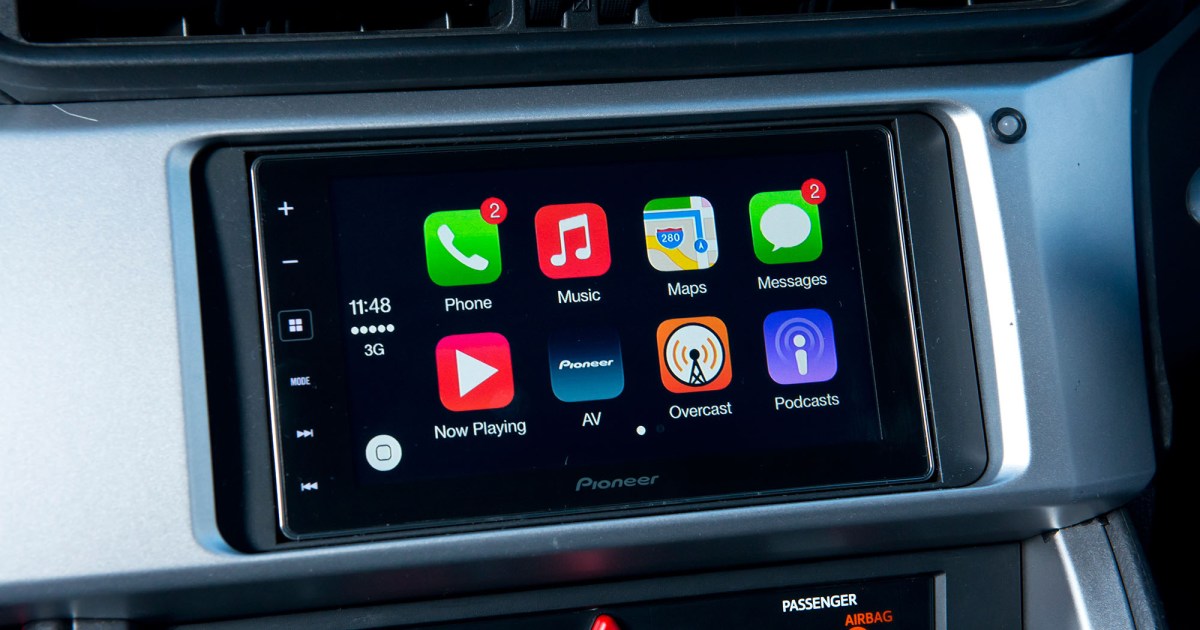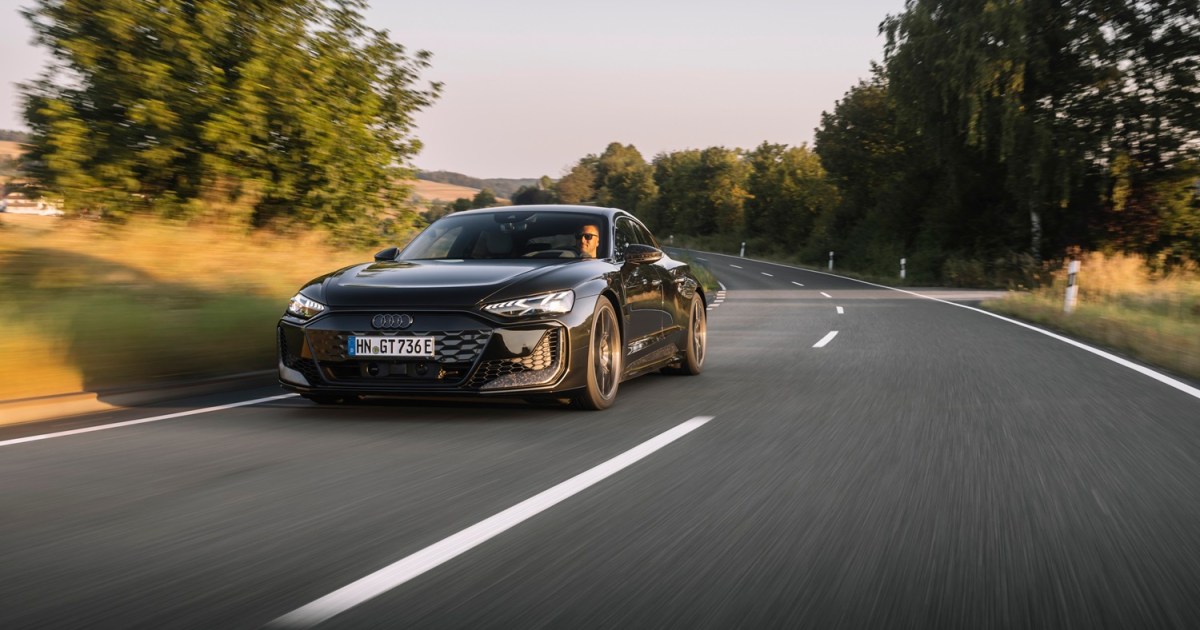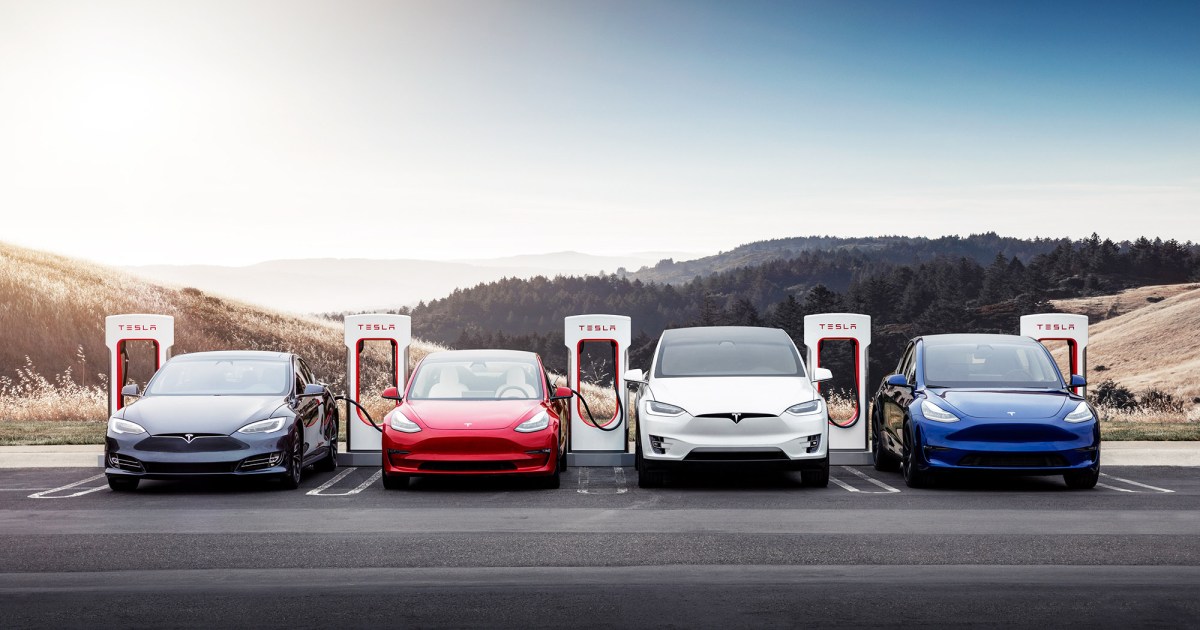Uber is teaming up with autonomous vehicle specialist Cruise to integrate robotaxi rides into its app, potentially starting as early as next year. This multi-year partnership will leverage Cruise’s modified Chevy Bolt electric vehicles to provide an autonomous ride option for Uber users.
Riders in areas where Cruise operates will be able to choose between a traditional human-driven ride or a driverless experience within the Uber app. This integration marks a significant step towards mainstreaming autonomous vehicle technology for everyday transportation.
Uber CEO Dara Khosrowshahi expressed the company’s belief in its role in safely and reliably introducing autonomous technology to consumers and cities worldwide. This partnership reflects Uber’s commitment to expanding transportation options and integrating cutting-edge technology.
Cruise CEO Marc Whitten highlighted Cruise’s mission to improve road safety and urban living through driverless technology. The collaboration with Uber aims to expand access to safe and dependable autonomous driving, potentially revolutionizing urban mobility.
This partnership follows a challenging period for Cruise, including a 2023 incident where one of its autonomous vehicles was involved in a pedestrian accident in San Francisco. This incident led to the temporary suspension of Cruise’s operating permit in California and a nationwide halt to its robotaxi testing. Since April, Cruise has gradually resumed operations with limited autonomous vehicles in Phoenix, Dallas, and Houston, which are likely locations for the initial rollout of the Uber partnership.
Uber previously pursued its own self-driving technology but ceased development following a fatal accident involving one of its test vehicles in Arizona in 2018. The company now focuses on collaborating with autonomous vehicle developers. Besides Cruise, Uber also partnered with Waymo in 2023 to offer robotaxi rides and autonomous food delivery in Arizona.
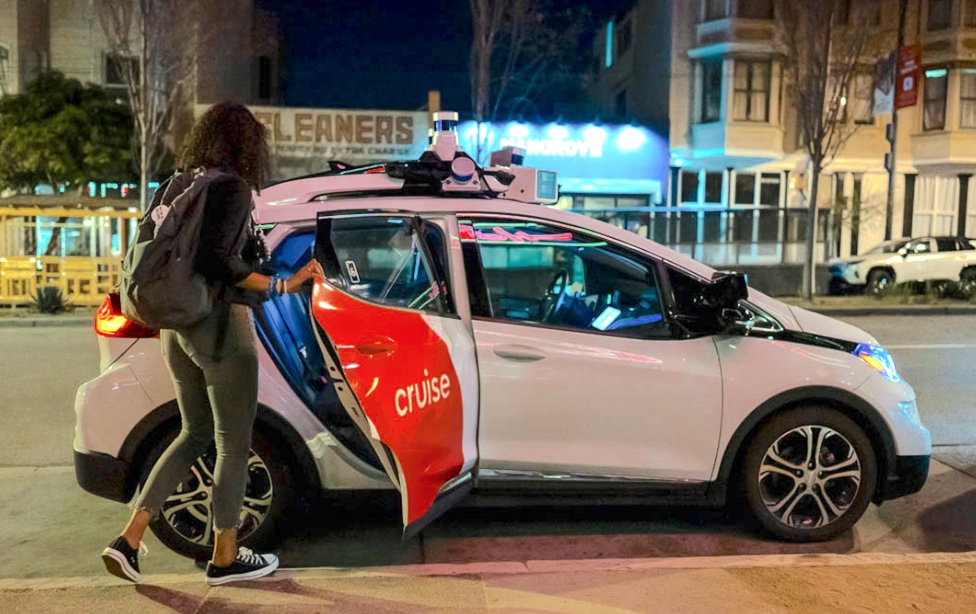 A passenger getting into a Cruise robotaxi.
A passenger getting into a Cruise robotaxi.
This strategic partnership signifies a potential turning point for the adoption of autonomous ride-hailing services, providing users with increased choice and potentially contributing to safer and more efficient transportation networks.



